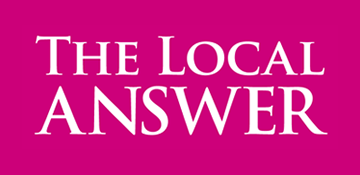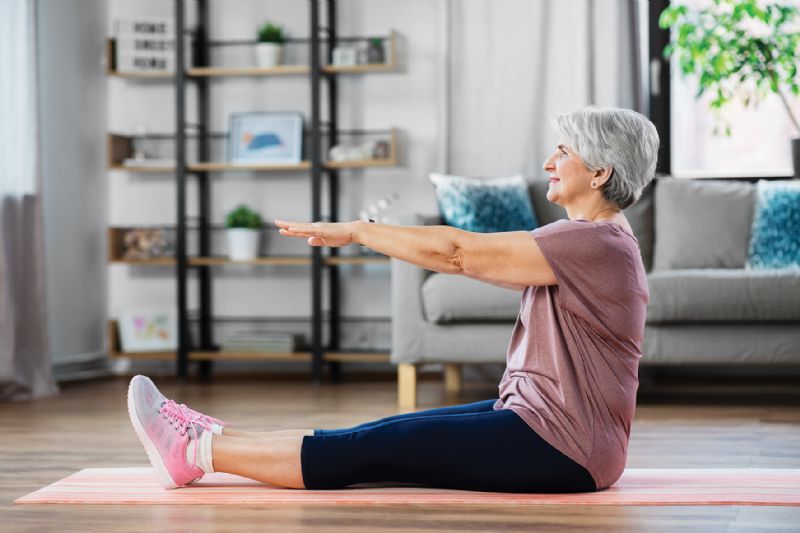- Home
- News, Articles & Reviews
- All Health & Beauty
- Looking Good, Feeling Great
- Medical Health
- Mirror Mirror on the Wall
- Style & Fashion
- General
- Vintage & Sustainable Fashion
We are hiring! Please click here to join our growing magazine delivery team in Gloucestershire!
Areas
Health & Beauty
Archive

Strong, steady and safe
All Areas > Health & Beauty > Looking Good, Feeling Great
Author: Will Mbanga, Posted: Tuesday, 24th June 2025, 09:00
One of the most important goals of ageing well is staying upright – and, when we do fall, making sure it’s not catastrophic. For older adults, preventing falls isn’t just about avoiding injury – it’s about preserving independence, confidence and quality of life.
Generally, the ‘older adult’ demographic includes individuals aged 65 and up, but concerns about fall prevention and strength loss can begin even earlier, particularly in the mid-50s to 60s, when changes in muscle mass, coordination, and reflexes start to become more noticeable.
Falls in older adults are often the result of multiple factors:
• Muscle weakness and reduced power
• Poor balance and coordination
• Slower reaction times
• Vision changes
• Environmental hazards (slippery floors, poor lighting)
Many of these issues are preventable and manageable with the right training approach, especially if we start early.
You’ve heard of strength training, but what about power training? Power is the ability to generate force quickly – think of stepping over a curb or catching yourself from tripping. As we age, power declines even faster than strength, and this can seriously impact balance, mobility and confidence.
That’s why training for power in middle age and beyond is essential. Movements that require fast, controlled contractions help keep reflexes sharp and bodies ready to respond; for example, rising quickly from a chair or stepping sideways.
Fall prevention isn’t just physical – it’s also neurological. Visual training (like tracking moving objects or practising gaze stabilisation) and reaction drills (responding to cues or changes in direction) help the brain and body stay connected. These kinds of exercises improve coordination and reduce hesitation, which can make all the difference in a real-life fall scenario.
With safety in mind, here’s a simple power-focused programme, tailored to older adults, but adaptable for anyone:
1. Sit-to-stand (fast up, slow down)
• From a chair, stand up quickly, then sit back slowly.
• 3 sets of 8-10 reps.
2. Step taps with a quick lift
• Tap your foot up onto a low step, lifting quickly and placing it back down with control.
• 2 sets of 10 reps each side.
3. Medicine ball chest pass (or light object throw)
• Use a soft, light ball to practise throwing from the chest to a partner or wall.
• 2-3 sets of 5-8 throws.
4. Visual & reaction drill
• Practise catching a ball with varying timing or responding to verbal cues (e.g. “left” or “right” for step direction).
• 2 minutes of movement.
5. Floor transfers
• Practise getting down to the floor and back up safely, using support if needed.
• 3-5 reps, 2-3 times per week.
The fear of falling is real, but it doesn’t have to control the ageing experience. With consistent training, older adults can feel more confident, capable and safe in everyday life. Let’s flip the script on ageing. Starting earlier – ideally in middle age – builds a solid foundation for long-term independence and mobility. It’s about training smart, staying strong, and rising with power; literally and figuratively.Copyright © 2025 The Local Answer Limited.
Unauthorized use and/or duplication of this material without express and written permission from this site's author and/or owner is strictly prohibited. Excerpts and links may be used, provided that full and clear credit is given to The Local Answer Limited and thelocalanswer.co.uk with appropriate and specific direction to the original content.More articles you may be interested in...


© 2025 The Local Answer Limited - Registered in England and Wales - Company No. 06929408
Unit H, Churchill Industrial Estate, Churchill Road, Leckhampton, Cheltenham, GL53 7EG - VAT Registration No. 975613000You are leaving the TLA website...
You are now leaving the TLA website and are going to a website that is not operated by us. The Local Answer are not responsible for the content or availability of linked sites, and cannot accept liability if the linked site has been compromised and contains unsuitable images or other content. If you wish to proceed, please click the "Continue" button below:




